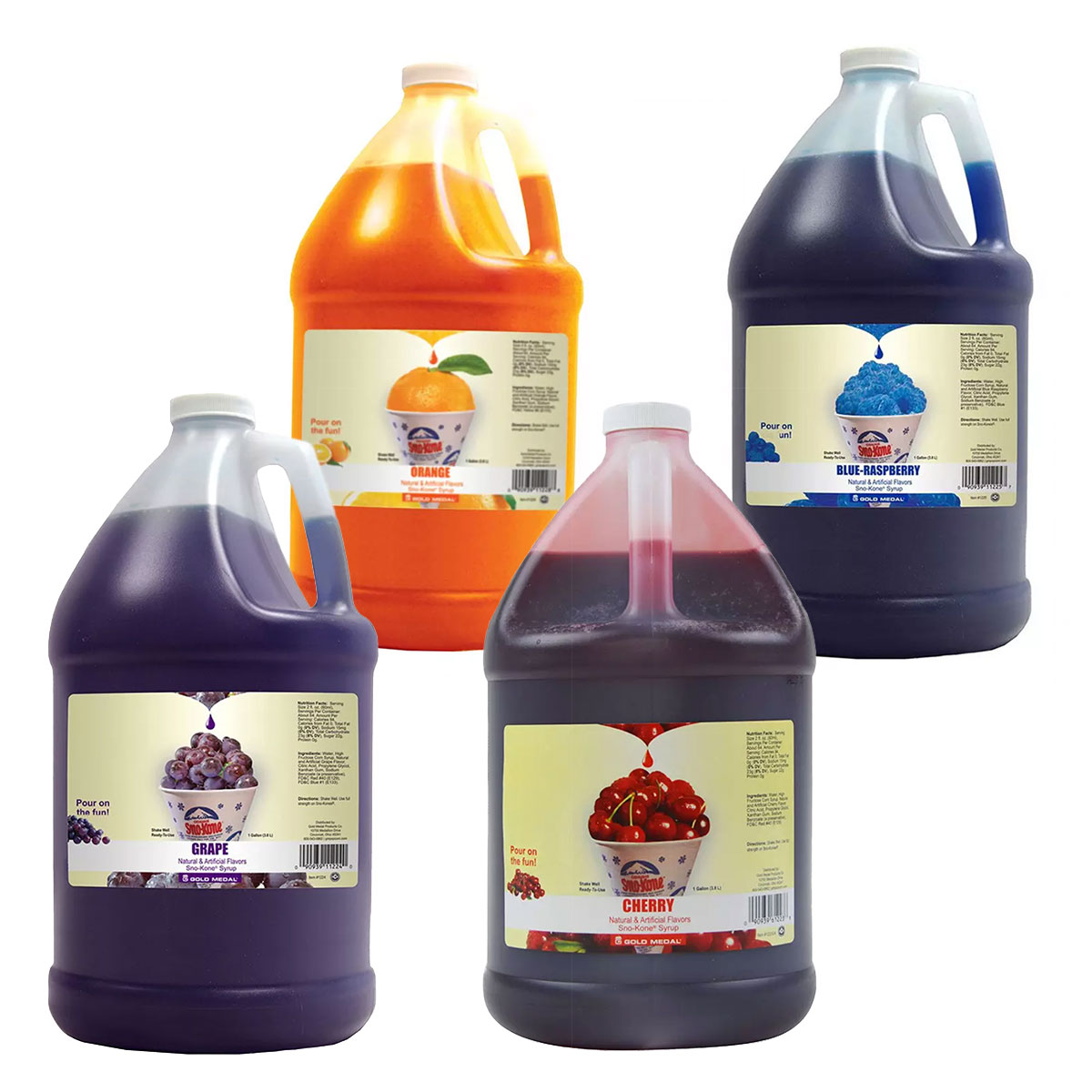Canada, the second-largest country in the world, is renowned for its breathtaking landscapes and unique cultural heritage. This vast nation, stretching from the Atlantic to the Pacific and up north to the Arctic, offers a plethora of intriguing facts that pique interest among nature enthusiasts and curious minds alike. Two particularly captivating aspects are its unconventional delicacies, such as snow syrup, and its stunning natural beauty, which beckons adventurers from around the globe.
1. Sweet Delights: The Origins of Snow Syrup
One of the most whimsical creations in Canada is snow syrup, also known as taffy made from maple syrup. Traditionally, this delightful treat is prepared by pouring hot maple syrup over freshly fallen snow, whereupon it solidifies into a chewy confection. This unique method of enjoying syrup highlights the importance of maple trees in Canadian culture and economy.
2. A Touch of Tradition
The practice of making snow syrup is deeply rooted in Indigenous culture, where it was originally embraced by First Nations peoples. Maple trees, especially those found in the eastern provinces like Quebec and Ontario, have long been cherished for their sweet sap. The transition from communal gathering and sap collection to modern methods has retained a sense of nostalgia and community, often celebrated during the annual sugaring-off festivals.
3. The Science of Maple Syrup
Beyond its sweet allure, the production of maple syrup is an intricate process that requires both skill and patience. The sap collected from sugar maples contains a mere two to three percent sugar. Through boiling and evaporation, the syrup is concentrated down to a product that is approximately sixty percent sugar. This transformation not only requires time but also precise temperature control, highlighting the craftsmanship involved in creating high-quality maple syrup.
4. Canada’s Natural Marvels
Transitioning from sweetened treats, Canada is equally enchanted by its sprawling and diverse landscapes. The extraordinary natural beauty of Canada is home to designated UNESCO World Heritage Sites, majestic mountains, stunning coastlines, and pristine lakes that showcase the nation’s environmental biodiversity.
5. The Majestic Rockies
The Canadian Rockies, stretching through Alberta and British Columbia, present some of the most awe-inspiring vistas. Characterized by rugged peaks and glacial lakes, this mountain range features notable parks such as Banff and Jasper. The juxtaposition of towering mountains against turquoise waters has earned it a reputation as a bucket-list destination for nature lovers and photographers alike.
6. The Northern Lights: A Celestial Phenomenon
Intriguingly, one of nature’s most stunning displays, the Aurora Borealis, is frequently observable in Canada’s northern territories. The ethereal dance of the northern lights can be seen most prominently in Nunavut and the Northwest Territories during the winter months. This celestial phenomenon arises from the interaction between solar winds and the Earth’s atmosphere, creating vibrant colors that mystify and inspire wonder.
7. Geological Wonders: Niagara Falls
Niagara Falls, one of the most iconic natural wonders in the world, is straddled by the border between Canada and the U.S. The sheer volume of water cascading over the falls creates a majestic spectacle that has captivated millions. The phenomenon gives rise to a unique ecosystem, supporting diverse flora and fauna. It also serves as a vital source for hydroelectric power, illustrating how natural wonders can be integral to both tourism and energy production.
8. Biodiversity in Canada’s National Parks
Canada boasts an extensive national park system that preserves its rich biodiversity. From the tundra of the Arctic National Park to the lush rainforests of Pacific Rim National Park Reserve, each region hosts a distinct array of wildlife. The preservation efforts provide sanctuary to numerous endangered species, showcasing Canada’s commitment to environmental stewardship.
9. Cultural Connection to Nature
The profound connection between Canadians and their natural environment transcends mere appreciation. One of the cornerstones of Canadian identity centers around harmony with nature, fostered by the majestic landscapes that shape not only the geography but also the cultural narrative. From Indigenous storytelling to contemporary artwork and literature, nature’s beauty is woven into the very fabric of Canadian culture.
10. A Climate of Diversity
As vast as Canada is, so too are the climatic conditions that prevail across its regions. From the temperate coasts of British Columbia to the frigid Arctic landscapes to the east, Canadians experience a dynamic spectrum of weather that influences lifestyle and recreation. This climatic diversity enriches the experience of outdoor activities, from winter sports like skiing and snowboarding to summer adventures such as hiking and kayaking.
11. The Great Lakes: A Water Wonderland
Home to one-fifth of the world’s freshwater supply, the Great Lakes are a defining feature of Canada’s geography. These remarkable bodies of water not only support biodiversity and serve as a crucial resource for local communities but also provide recreational opportunities and scenic beauty that enhance the quality of life in areas surrounding them.
12. Conclusion: A Land of Sweetness and Splendor
Canada, with its intriguing traditions like snow syrup and unparalleled landscapes, exemplifies the convergence of cultural richness and natural beauty. As individuals explore the nuances of Canadian life, they uncover deeper connections to the land and its history. The sweet allure of snowy landscapes and the splendor of natural wonders serve as enduring reminders of why Canada remains a captivating destination for adventurers and food enthusiasts alike.









